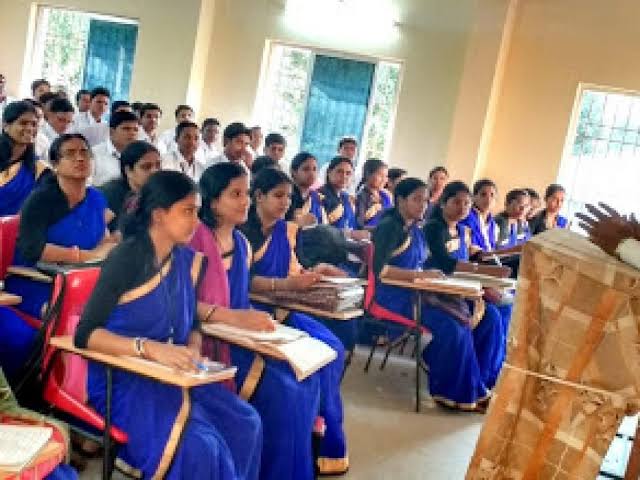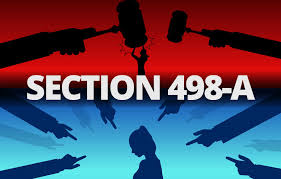
From Vedic arithmetic, data of the Sutras, foundational features of Ayurveda and Yoga, context from epics like Mahabharat and Arthashastra, astronomical fashions of Aryabhata to learning Harappan city planning, historic Indian artwork, craft, metallurgy and structure — these will likely be a part of the syllabi for lecturers beneath the brand new ‘pointers for school coaching in Indian Data System (IKS)’.
The draft for the same was released by the University Grants Commission (UGC) on Thursday and has been put in the public domain by the higher education regulator to allow feedback.
The fresh training module for faculty in higher education institutions has been released in line with the New Education Policy 2020, which recommends the incorporation of IKS into curriculums at all levels of education.
“The purpose of these guidelines for teacher training during the induction programme and refresher courses is to provide a roadmap to familiarise and enthuse faculty about the IKS and identify strategies to incorporate it into their specific classroom teachings,” the draft read.
The new norms will be a part of the training modules under ‘Malviya Mission’, under which teacher training is conducted nationally.
According to the guidelines, all faculty must be exposed to the common underlying philosophical foundation across disciplines in the IKS. “Faculty must be exposed to the sutras (primary texts), which are required for understanding the sources and origin of IKS,” the document said.
This would require teachers to get familiar with the vocabulary of IKS such as “introduction to panchamahabhutas, concept of a sutra, introduction to the concepts of non-translatables (For example, dharma, punya, aatma, karma, yagna, shakti, varna, jaati, moksha, loka, daana, itihaasa, puraana etc.) and importance of using the proper terminology.
Terms such as praja, janata, loktantra, prajatantra, ganatantra, swarjya, surajya, rashtra etc),
It also suggests faculty to make field visits to nearby IKS-related prominent spots, including temples, gurukuls, historical sites, astronomical observatories (Jantar Mantar) that enable teachers “to appreciate the various manifestations of the ancient knowledge system”.
UGC chairperson professor M Jagadesh Kumar said as part of NEP 2020 implementation, the draft guidelines provide a roadmap to familiarise and enthuse faculty members about the IKS and identify strategies to incorporate it into their classroom teachings.
“These guidelines will make our youth aware of the vast repositories of traditional knowledge in India and map this knowledge with modern scientific advancements and technologies.
It will facilitate the seamless integration of Indian traditional knowledge with modern subjects and contribute to creative and innovative solutions to our challenges as a human society,” he said.
Kumar added: “The IKS cell is also working on bringing out books and providing training to the teachers. We will continue to work with teachers to progressively implement it.”
The IKS cell was established by the ministry of education under the All India Council for Technical Education (AICTE) in 2020.
The new norms recommend that courses must be developed in a range of subjects across natural sciences, social sciences, humanities, engineering, medicine, agriculture, performing arts, and vocational skills, among others which have IKS. “These courses must have a clear mapping of traditional subjects in IKS with the modern subjects such as chemistry, mathematics, physics, agriculture etc,” it said.
The draft provides for IKS training modules for various disciplines, including chemistry and metallurgy, mathematics and astronomy, economics, ecology, ancient Indian art and architecture.
For instance, as per the new guidelines, the course syllabi for mathematics includes reading the works of legendary Indian mathematician Aryabhata, applications of Bodhayana theorem (popularly called Pythagoras Theorem), Panini’s Ashtadhyayi (treatise on Sanskrit grammar), Piṅgala’s Chandaḥśāstra and important Jain mathematical works such as geometry, law of indices, permutations, and combinations, among others.
Similarly, the draft suggests reading works of ancient Indian scholars in other disciplines, including Vedic astronomy, development of panchanga (Indian calendar), town planning in classical civilisations such as Harappan, early historical cities and temple architecture, Kautilya’s thoughts on economy, drawing context on Indian history from epics such as Mahabharta, dharmashastras and shukraniti, among others.



